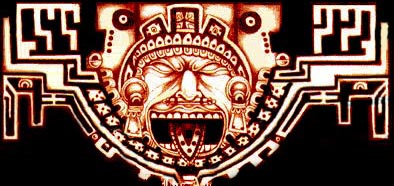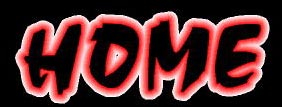

HISTORY
Spanish Rule
The Spanish first landed on the coast of what is now Ecuador in 1526, led by Bartolomé Ruiz. Spanish conquistadores under Francisco Pizarro invaded the country in 1532 and two years later were in control of the area. Pizarro, acting in the name of the Spanish crown, appointed his brother Gonzalo governor of Quito on December 1, 1540. A short time later Francisco Pizarro was assassinated, and Gonzalo Pizarro led a rebellion against Spain. His independent rule lasted until April 9, 1548, when forces of the Crown defeated his army at Jaquijaguana and he was executed.
Colonial Ecuador was at first a territory directly under the rule of the viceroyalty of Peru, one of the two major administrative divisions of 16th-century Spanish America. In 1563 Quito, as Ecuador was then called, became a presidency, or a judicial district of the viceroyalty. From 1717 to 1723 the Quito presidency was under the authority of the viceroyalty of New Granada in Bogotá, but it was then returned to the authority of the viceroy of Peru until 1739, when it reverted to New Granada.
The first revolt of the colonists against Spain took place in 1809, but the republican forces, led by General Antonio José de Sucre, chief lieutenant of Simón Bolívar, did not win final victory until 1822. Ecuador became the Department of the South, part of the confederacy known as the Republic of Colombia, or Great Colombia, which also included Venezuela, Panama, and Colombia.
INDEPENDENCE
ndependence
In 1830 Ecuador gained independence under its present name. The first president, General Juan José Flores, was a hero of the wars for independence, and represented the archconservatives in the city of Quito. In 1833 a civil war broke out between the conservatives of Quito and the liberal elements of Guayaquil. It was the first of a long series of revolutions between the two factions, which resulted in the subsequent rise of three outstanding dictators in Ecuadorian history: Flores; Gabriel García Moreno, former leader of the Conservative Party; and the revolutionist and political leader Eloy Alfaro. During the second period of rule by President Alfaro (1907-1911), a new, more liberal constitution was introduced.
Ecuador followed the United States into World War II (1939-1945) against the Axis powers. At home, the end of the war coincided with a waning of liberal influence. In 1944 the liberal president Carlos Alberto Arroyo del Río, formerly president of the Chamber of Deputies, was forced from office and replaced by former President José María Velasco Ibarra, who had held office in 1934 and 1935 and who was supported by the conservative faction. In 1945 Ecuador became a charter member of the United Nations. A new constitution, promulgated on December 31, 1945, remained in force until 1967.
In 1947 Velasco was deposed by a military group that was almost immediately ousted by counterrevolutionaries; the latter installed Carlos Julio Arosemena Tola as provisional president. Galo Plaza Lasso, a former ambassador to the United States, was elected president in June 1948. In early 1948 Ecuador attended the ninth Inter-American Conference in Bogotá, Colombia, and became a signatory of the charter of the Organization of American States.
A long-standing border dispute with Peru, which had been revived in 1941, cropped up again in 1950. Both times the issue was submitted to arbitration. Most of the disputed area had been awarded to Peru in 1944, and no boundaries were changed following the 1950 incident. (In 1960, reviving the dispute, Ecuador unilaterally nullified the 1944 settlement.)



